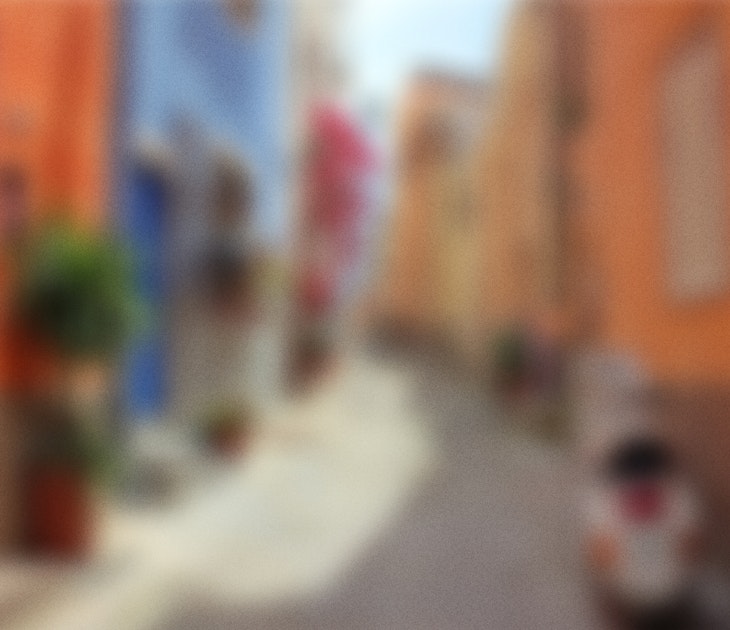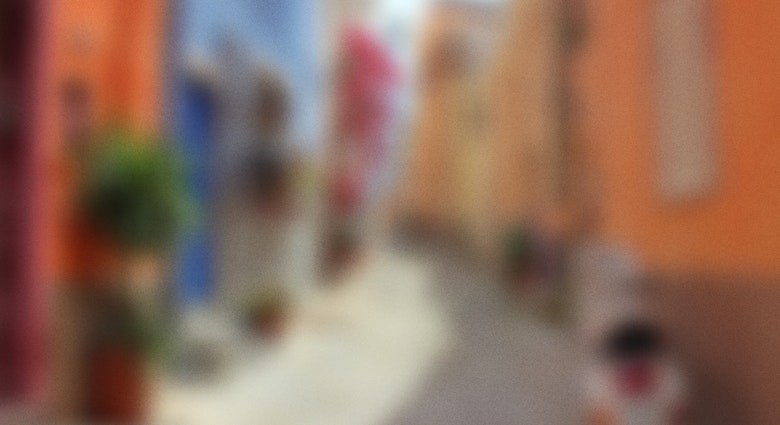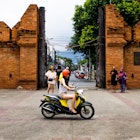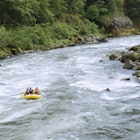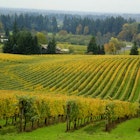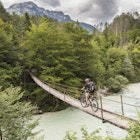Leave the bright lights and tourist delights of Esfahan and Shiraz far behind to track down astonishing millennia-old relics among the dusty wilds of ancient Persia. From snow-tipped northern crags to scorching southern deserts, you’ll traverse eroded volcanic plateaus, explore ancient river valleys and pass under the mournful gaze of long-abandoned castles on this intrepid quest for these far-flung treasures (many of which are Unesco listed). An Indiana Jones-inspired hat is optional.
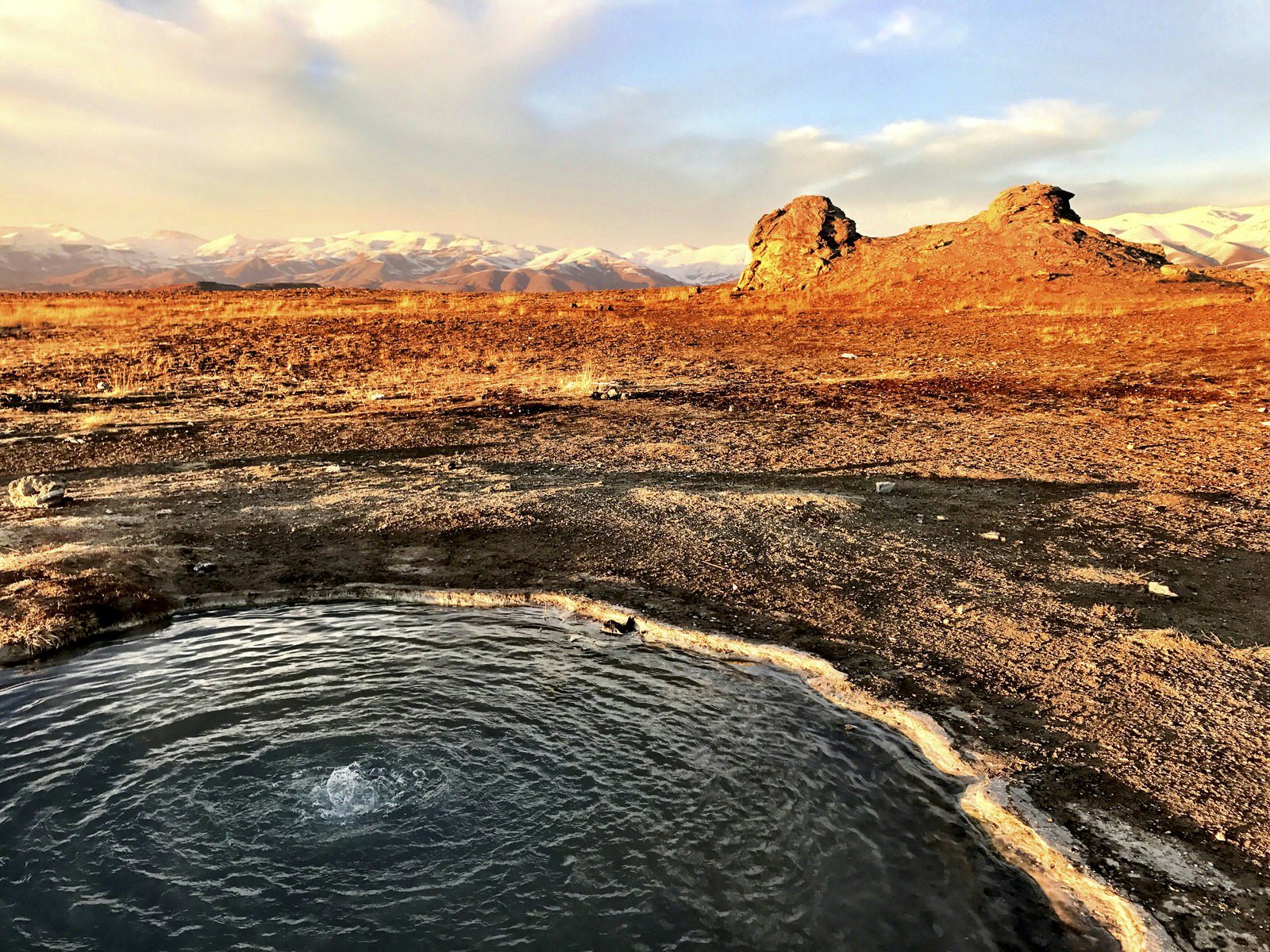
Takht-e Soleiman
Achingly remote, this atmospheric collection of 1500-year-old ruins lie scattered across a volcanic rim on the desolate badlands west of Zanjan, near the small town of Takab. Once an important Zoroastrian fire temple, Solomon’s Throne was so-named as a local ruse to protect the site from 7th-century Arab invaders. The grounds include a large thermal pond, more evidence of the area’s volcanism, as well as random stone structures in various stages of restoration. The nearby spiky Zendan-e Soleiman (Solomon’s Prison) rewards climbers with a view of a sulphurous crater, and a handful of tiny hot pools simmer in the vicinity.

Armenian churches
St Thaddeus and St Bartholomew are thought to have brought Christianity to Armenia and northern Persia in the 1st century AD, and their legacy is three exquisite and remote churches spread across the wild mountainous borderlands of what is now western Iran. Dating from AD 700, these still-important pilgrimage sites have survived earthquakes, wars, capricious dictators and dodgy renovations. The most approachable, St Stephanos, sits in a crumbling red canyon high above the Aras River. While the ornate stone cupolas, exterior engravings and attached cloisters have been restored, the main interior is still a work in progress.
The oldest church, Qareh Kalisa, is also the most complete, and it lies alone on a windswept knoll near the historic battle plain of Chaldoran. Twin turrets tower over intricately carved stonework depicting saints and religious icons, and a summer festival is held here once a year. The intrepid will relish the trip to unearth the third church, tiny Dzor Dzor Chapel, relocated above rising waters of the dammed Zangmar River, some 40 middle-of-nowhere switch-backed kilometres from the fortress town of Maku. Bring a good guide.
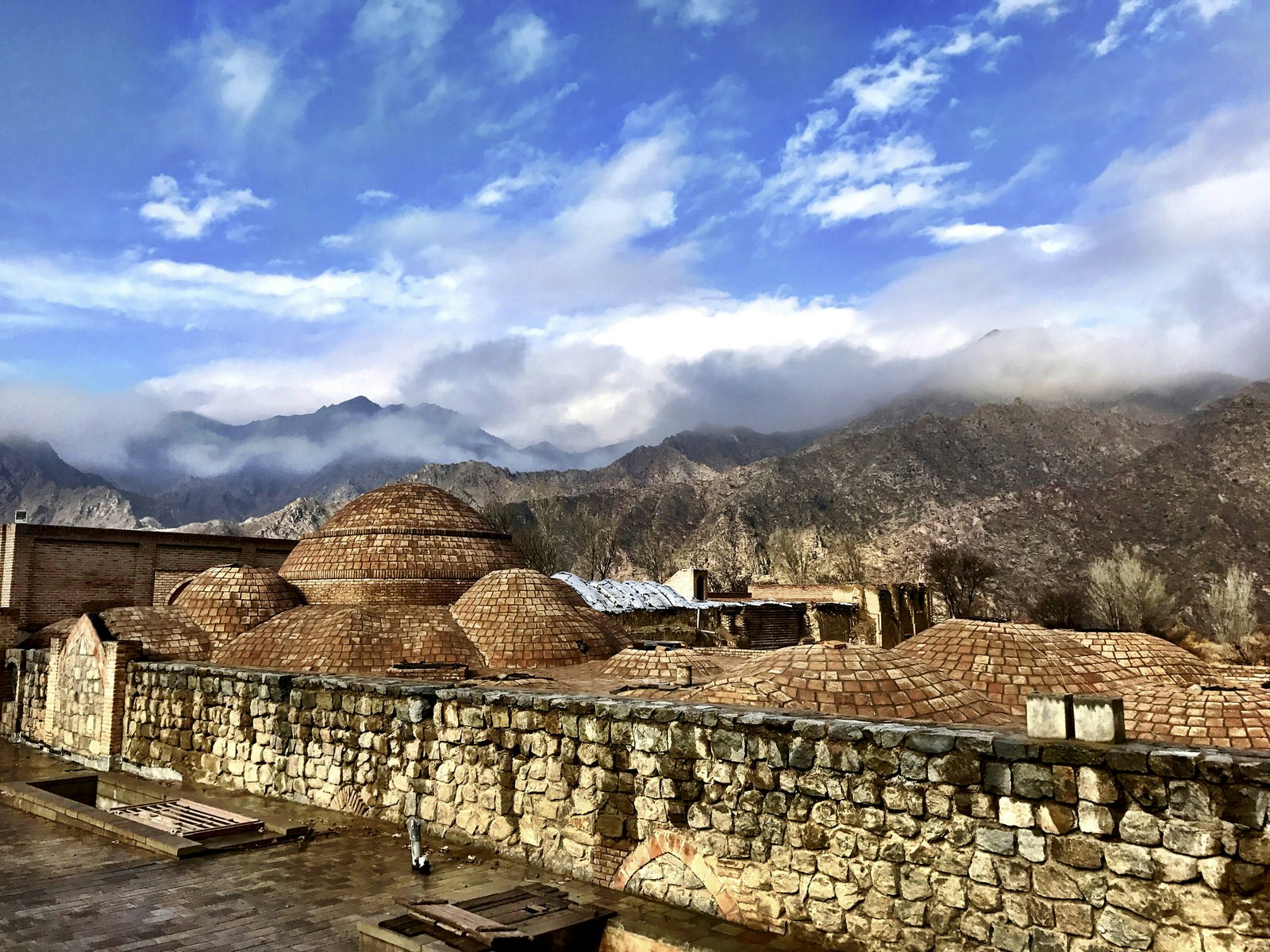
Aras River Valley
Forming Iran’s northern border with Azerbaijan and Armenia, which are still technically in conflict over the disputed region of Nagorno-Karabakh, the scenically imposing Aras River Valley has played host to traders, spies and marauding armies since biblical times. Safe inside a line of watchtowers, the road along the dramatic southern Iranian bank meanders spectacularly through mudbrick villages, crumbling ruins and soaring jagged peaks. Whether the Aras is actually the River Gihon from the Garden of Eden is debatable, but it’s obvious that the northern bank, with its bombed-out stations, abandoned trains and barricaded tunnels, is no paradise.
Highlights of the valley include the Kordasht Hammam, an ancient subterranean bathhouse within bubble-blowing distance of Armenia, and the Khodaafarin Bridges, dating from the 13th century, still spanning the Aras, now to a post-apocalyptic no-man’s land. While travelling through the valley on the Iranian side is perfectly safe, be careful where you point your camera, as the border guards are notoriously paranoid.
Tabriz Bazaar
Possibly the easiest ancient site to find in western Iran is the sprawling, still-open-for-business Tabriz Bazaar, one of the largest and oldest covered bazaars in the world. Once the Persian capital, Tabriz is now a modern city of almost two million people, and its World Heritage maze of vaulted passages, stalls, artisan workshops, teahouses and caravanserai has sustained Silk Road travellers and merchants for more than a millennia. Sub-bazaars handle a dizzying array of carpets, spices, gold, silver, copper, household items, shoes, clothing, ceramics and fresh produce. Like Theseus, who in Greek mythology famously entered a labyrinth to fight the Minotaur, you might want to take a ball of string.
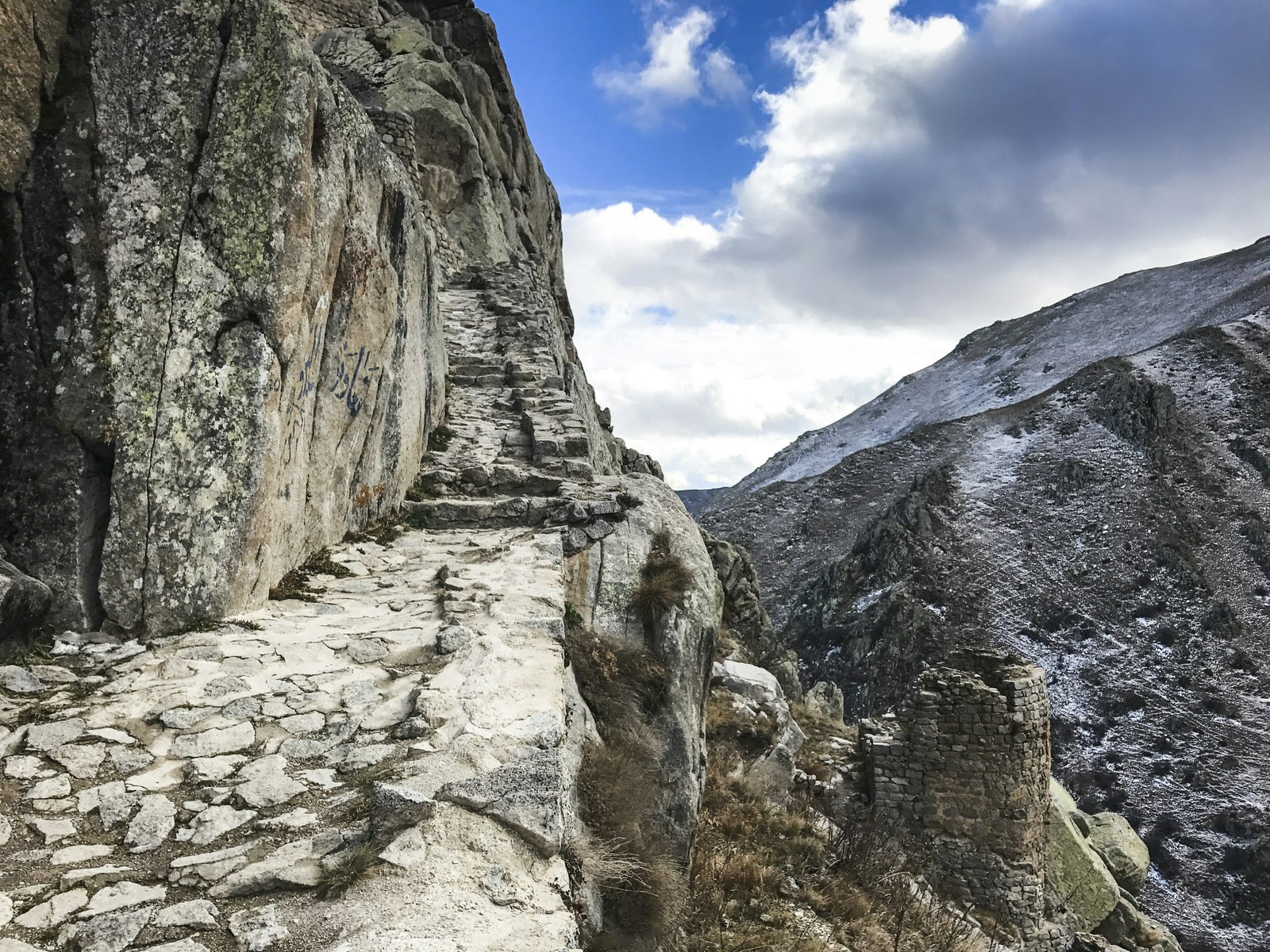
Qal'eh Babak
Babak Khorramdin, Azeri nationalist and local bad-boy, perched his magnificent 9th-century citadel on a rocky precipice in the mountainous far north, high above the town of Kaleybar. These days, Babak Castle can be reached by several hours of stiff climbing from the village below. The final approach on a stone staircase winding through a rock-cleft above sheer cliffs is pure Tolkien. The resulting 360-degree views are appropriately stunning, and the castle looks particularly photogenic in the low light between late autumn and early spring. Give it a miss in summer as there’s no shade on the entire climb.
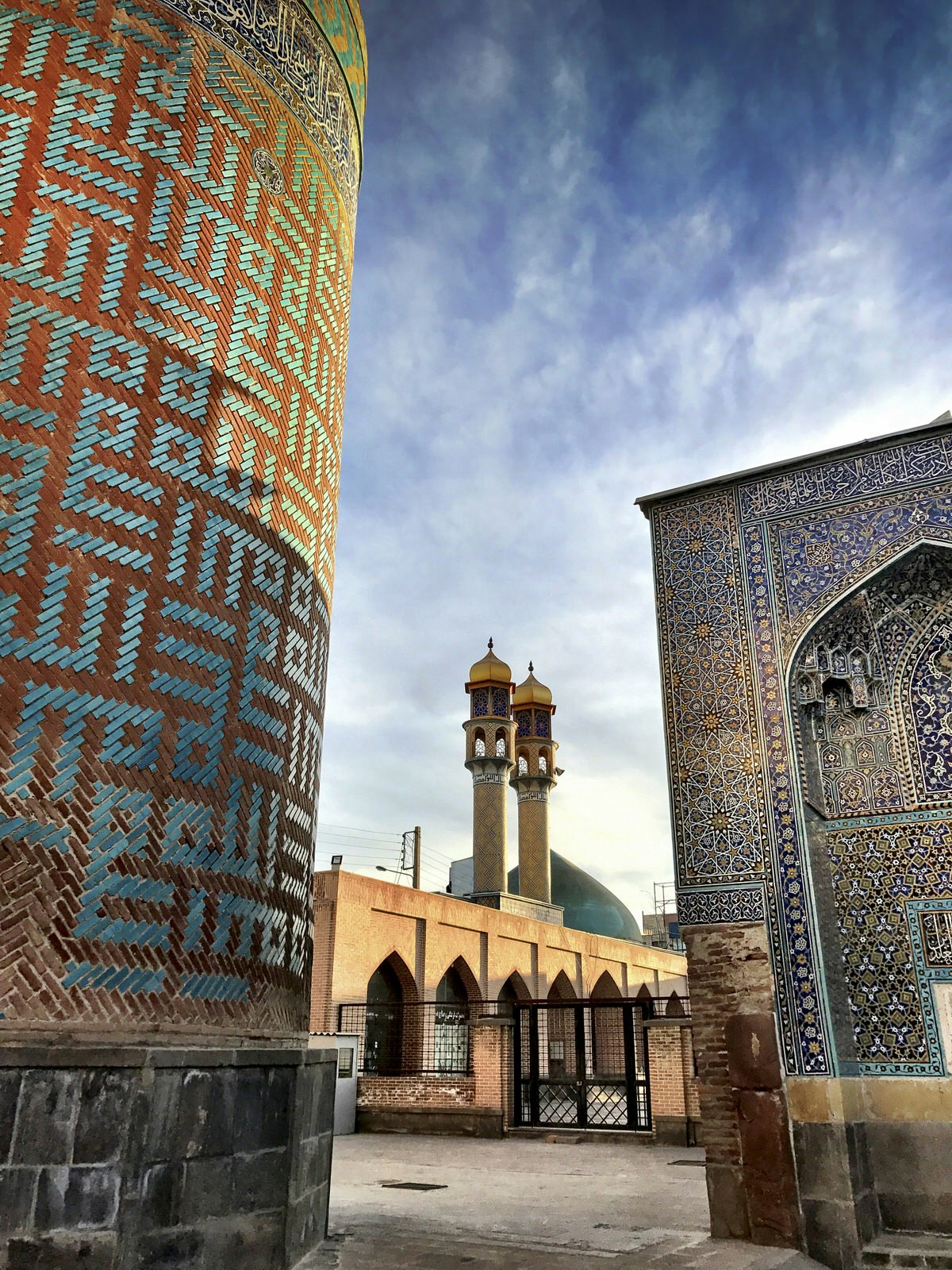
Sheikh Safi-od-Din Mausoleum
Behind high walls on Ardabil’s main drag lies one of Sufism’s most revered fathers, Sheikh Safi. Originally constructed after his death in 1334 by his son Sadr, the shrine was expanded by the eponymous Safavids in the 16th century. Unesco has recognised the intricate blue mosaics and interior vaulted ceilings, tiled courtyards, formal gardens, kitchens, hammams and myriad support buildings as a pre-eminent example of traditional Iranian architecture. Several museums round out the site, and restoration work continues while Sufi pilgrims, students of Islamic art and curious tourists mingle. It's a pity most of the famed pottery collection is now in St Petersburg.
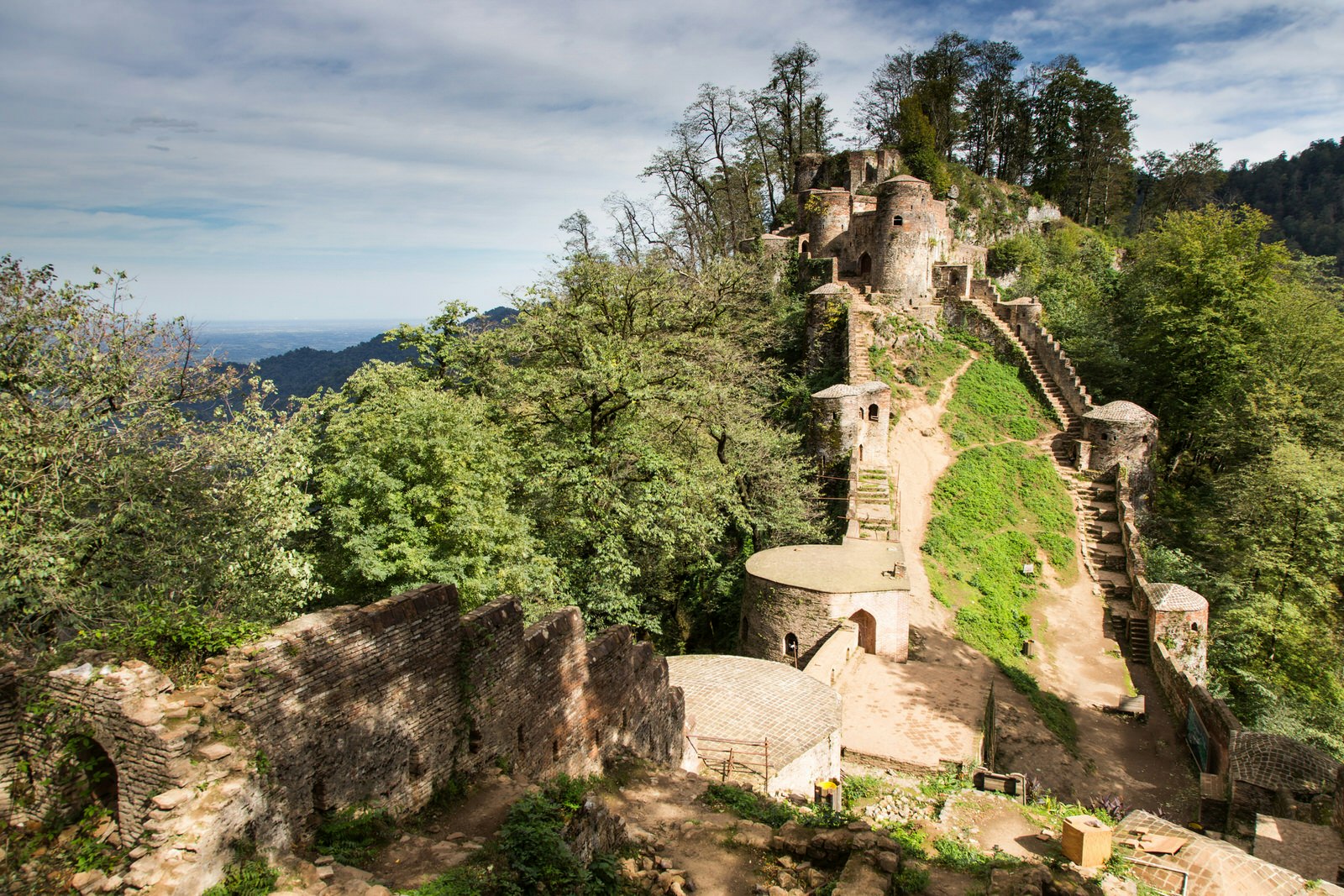
Qal'eh Rudkhan
Near the much-photographed village of Masuleh, Rudkhan Castle is a fine example of a Seljuk-era fortress, clinging to a wooded spur of the Alborz Mountains. Originally a Sassanid (pre-Islam Persians) structure, the wily Seljuks (medieval Turks) arrived 800 years later and account for the current gnarly bastion, where 1500m of stone-thick walls, interspersed with archers’ slit windows and drop-holes for boiling oil, link the numerous unassailable towers. This brutal stronghold is reached by a ridiculously steep (though thankfully shaded) climb. Well-worn stone steps wind high above a moss-fringed stream through lush forests to the daunting entrance gate. Catch your breath by pausing for a shared chay (tea) with the notoriously friendly locals.
Susa
No need to head out of town, the modern oasis of Shush sprawls around the base of ancient Susa, whose relics occupy the flat-topped central hill. Susa has been populated for more than six millennia, and its occupiers read like a biblical Who’s Who. The list includes Darius the Great, who made it his capital and was a big fan of the open-walled, column-supported hall; his Grand Apadana was a forerunner to the larger version found at Persepolis. This site ticks all the classic archaeological stereotypes – dusty exhibits, broken columns, excavated trenches, searing temperatures and exotic desert vibe. As per their job description, the Mongols razed Susa to the ground.
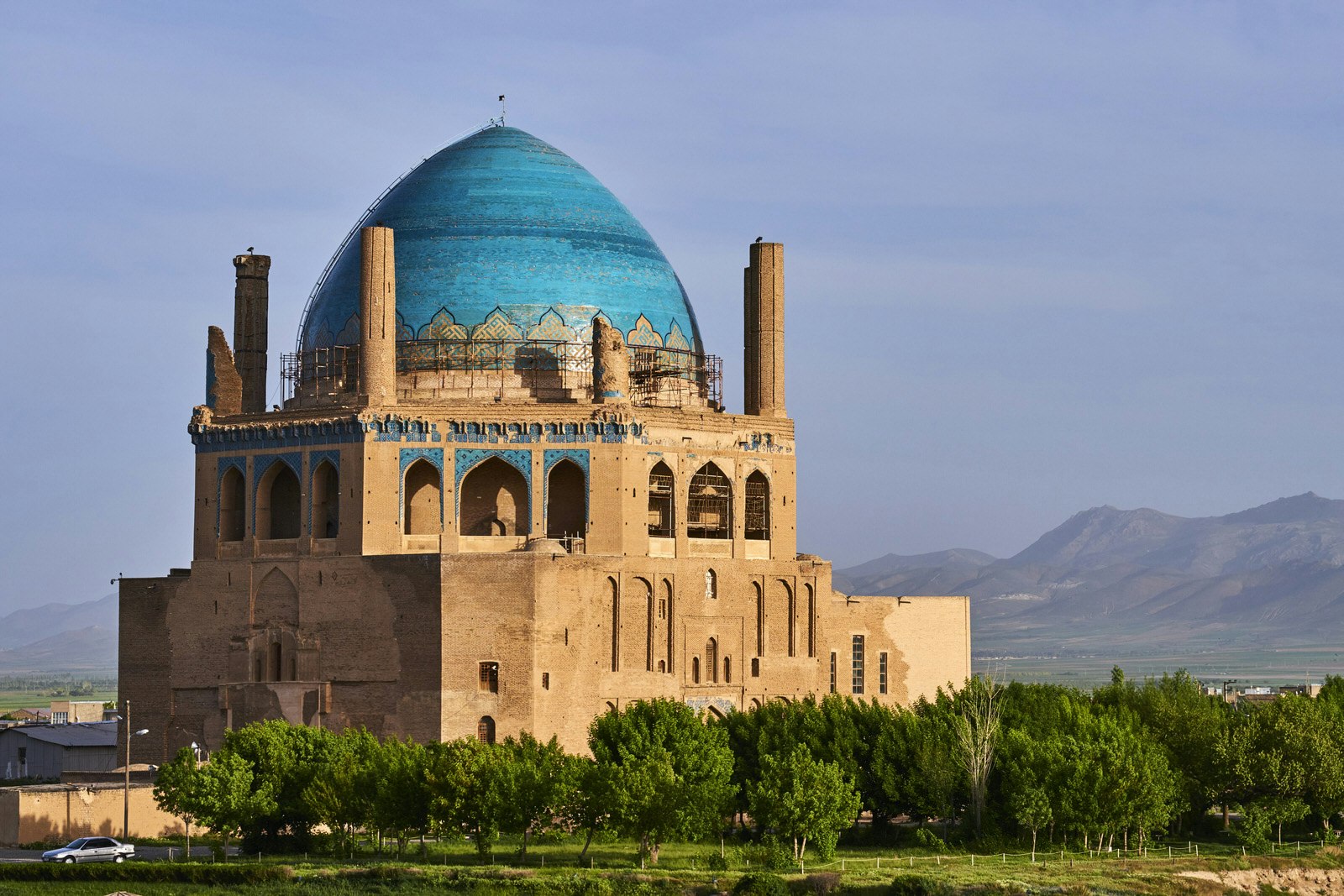
Oljeitu Mausoleum
This turquoise-domed brick spaceship sitting on the hard-baked fields of Soltaniyeh is a vivid remnant of a land once ruled by the Mongols. Feted by Unesco as an architectural masterpiece of its period, the innovative double-shelled dome (almost 50m high) sitting on an octagonal base surrounded by eight minarets and iwans (halls) certainly pushed the 14th-century engineering envelope – it was even thought to have influenced the Taj Mahal, built some three centuries later. While the interior is still scaffolded, tight staircases climb to soaring vaulted balconies, decorated with intricate tilework, which provide unsurpassed views of the surrounding countryside, where several lesser ruins reside.
Choqa Zanbil
Baking on the Khuzestani plain between Shush and Shushtar, the world's largest brick ziggurat (a multi-levelled square structure in which each level diminishes in size as it reaches for the sky, like a tiered wedding cake) is also the world’s best surviving example of Elamite architecture. More than 3000 years old, the edifice, dedicated to the Elam god Inshushinak, originally consisted of five levels crowned by a temple. These days you’ll only get inside the bottom tier – look for a fine band of cuneiform script ringing the base at head height, and seek out the preserved footprints of a child in the paving. In the blazing rays of the dying desert sun, the fire-hued ziggurat appears almost Martian.

Shushtar Hydraulic System
It’s amazing what you can achieve with a band of captured Roman engineers. When local strongman Shapur I vanquished Emperor Valerian in 260 AD, legend has it that the latter’s troops were put to work harnessing the River Karun at Shushtar. Already a work in progress from Darius’s time 500 years earlier, the scale of the resultant irrigation system is mind-boggling. Dams, bridges and weirs diverted the Karun’s water into canals and underground tunnels powering a set of watermills, the subsequent run-off allowing cultivation of the arid Khuzestani plain. Parts of the system were still in use nearly 2000 years later, creating power by driving a small hydro generator. These days some of the bridges have collapsed, but the water rushing through the mill tunnels and tumbling out into the holding canal is still an impressive sight.

